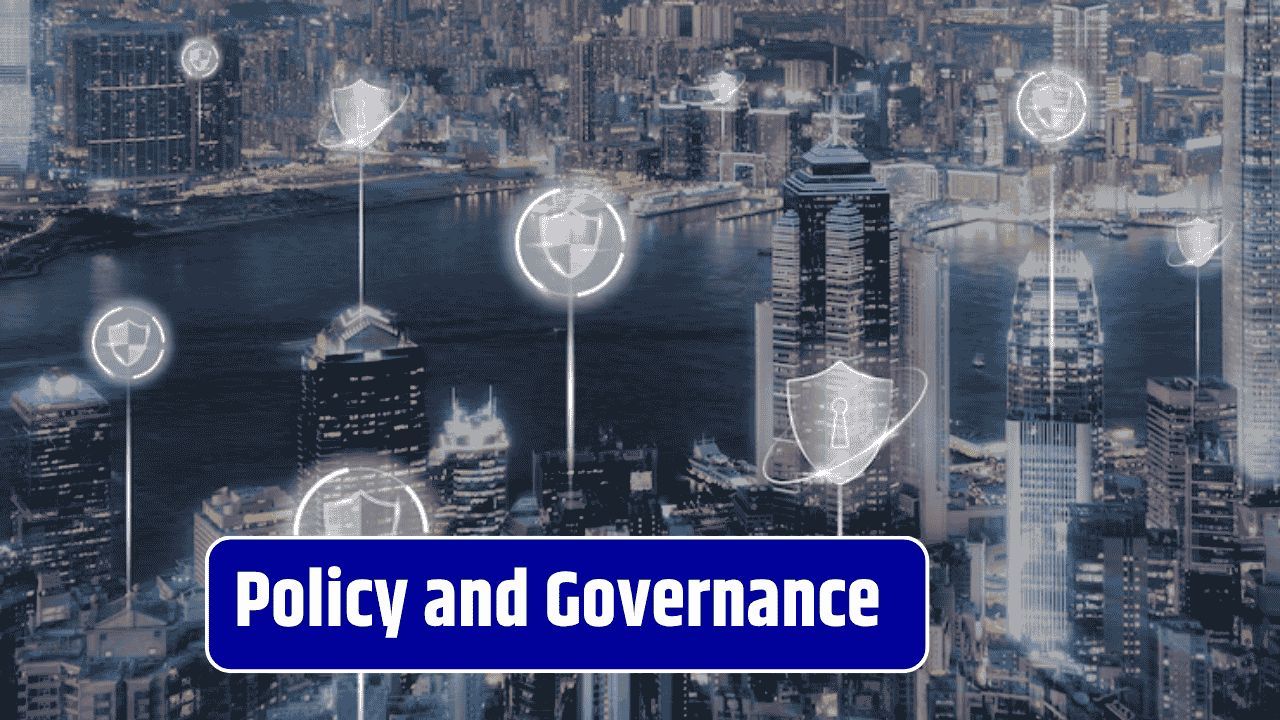Critical infrastructure—power grids, water systems, transportation networks, and communication channels—forms the backbone of a functioning economy. As the threats to these systems evolve, from cyberattacks to physical sabotage and climate-induced disasters, governments and organizations worldwide are shifting focus from reactive damage control to proactive protection. But for this shift to work, robust policy frameworks are essential.
Below, we explore the policies that go beyond paper promises to deliver real protection for infrastructure, ensuring resilience, continuity, and security in an increasingly uncertain world.
Table of Contents
Why Infrastructure Security Needs Strong Policy Backing
In the past, infrastructure security often relied on siloed risk assessments and piecemeal regulations. However, the growing complexity of modern threats demands a more holistic approach. Policy frameworks serve as the foundation for:
- Standardized security protocols
- Cross-sector coordination
- Public-private collaboration
- Compliance and accountability mechanisms
Without these elements, critical infrastructure remains vulnerable despite technological advancements.
Key Elements of Effective Infrastructure Security Policies
An effective infrastructure protection framework integrates several core principles:
1. Risk-Based Approach
Policies must be tailored to the specific risk profiles of different sectors. A dam, a hospital, and a data center face distinct threats. A risk-based model ensures that each is protected appropriately, with resources allocated based on vulnerability and impact.
2. Public-Private Partnership (PPP)
Most infrastructure is owned or operated by private entities. Frameworks like the U.S. National Infrastructure Protection Plan (NIPP) emphasize collaboration between the public sector and private owners to share threat intelligence, establish best practices, and ensure unified responses to incidents.
3. Resilience and Redundancy
Protection doesn’t mean preventing all threats—some events are inevitable. Resilience-focused policies encourage backup systems, rapid response protocols, and adaptable operations that can withstand disruptions and recover quickly.
4. Cyber-Physical Integration
As infrastructure becomes more digital, cybersecurity becomes just as critical as physical security. Policies now often include requirements for monitoring network traffic, protecting operational technology (OT), and preparing for cyber-physical attacks that blend digital and real-world disruption.
5. Clear Governance and Accountability
A policy is only as effective as its enforcement. Successful frameworks define roles, responsibilities, and escalation protocols. They also include mechanisms for audits, penalties, and ongoing updates as threats evolve.
Notable Infrastructure Protection Frameworks Around the World
| Country/Region | Framework | Key Features |
|---|---|---|
| United States | National Infrastructure Protection Plan (NIPP) | Sector-by-sector risk management, public-private coordination, resilience planning |
| European Union | European Programme for Critical Infrastructure Protection (EPCIP) | Cross-border collaboration, harmonized risk assessments, cybersecurity integration |
| Australia | Critical Infrastructure Centre Framework | Mandatory reporting, sector-specific strategies, foreign ownership review |
| Canada | National Strategy for Critical Infrastructure | 10-sector classification, risk and resilience focus, integrated partnerships |
These frameworks demonstrate different approaches but share common themes—collaboration, sector-specific detail, and dynamic adaptation.
Challenges in Implementation
Even the best-designed frameworks can fall short if not executed properly. Common obstacles include:
- Lack of funding and skilled personnel
- Poor interagency coordination
- Resistance from private stakeholders
- Lag in regulatory updates compared to technological change
Solving these requires not just better policies, but also political will, stakeholder buy-in, and continual investment in training and technology.
To secure the lifelines of modern society, policy must go beyond paper promises. Real protection means putting enforceable, adaptive, and inclusive frameworks into place—ones that work across sectors and borders. As threats grow more complex, so too must our policies evolve to keep infrastructure—and the societies that rely on it—safe.
FAQs
What is critical infrastructure?
Critical infrastructure includes essential systems and assets like energy, water, transportation, healthcare, and communication that are vital to national security and economic stability.
Why are policy frameworks important for infrastructure protection?
They provide structure, coordination, and accountability, ensuring consistent security measures across sectors and enabling rapid response to threats.
What role do private companies play?
Private companies own and operate much of the critical infrastructure. Their cooperation in policy development and implementation is crucial for comprehensive protection.
How do policies address cyber threats?
Modern frameworks often include cybersecurity standards, regular audits, and collaborative threat intelligence sharing to protect against digital attacks.
Can infrastructure protection policies prevent all threats?
No policy can prevent every threat, but strong frameworks can minimize impact, ensure fast recovery, and deter many attacks through improved readiness.














